Аналитическая лингвистика
Место издания: Москва
ISBN: 978-5-4458-9340-0
Страниц: 370
Артикул: 44363
Краткая аннотация книги "Аналитическая лингвистика"
В книге предпринята попытка построения логически непротиворечивой лингвистической теории. Рассматривая исходные лингвистические объекты – слово, предложение, синтаксическую связь, автор указывает на два возможных подхода в их изучении: синтетический и аналитический. При синтетическом подхода эти объекты выступают как неделимые, при аналитическом они рассматриваются как знаки, расщепляемые на форму и их значение. Автор подчеркивает, что оба подхода логически равноправны, но построение единой теории возможно лишь, в рамках одного из них. В работе рассматриваются, в частности, такие «вечные» проблемы лингвистики, как управление, части речи, члены предложения. Дав критический анализ основных работ, в которых исследуются эти проблемы, автор строит теорию частей речи и членов предложения с позиций аналитической лингвистики, т. е. на основании общесемиологического подхода.
Все отзывы о книге Аналитическая лингвистика
Отрывок из книги Аналитическая лингвистика
14study of language elements; 2) linguistics, or the study of linguistic elements; 3) metalanguage study, or the study of theories of language elements; 4) metalinguistics, or the study of theories of linguistic elements (on this question cf. [242]). § 2. Constructive elements 1. The ultimate goal in the work of any language scholar is the construction of a language theory utilized for the solution of a definite practical task (formulated in a clear or unclear form). For instance, if the task of creation of a mechanism generating sentences in one or another language is being solved, then the description of the generating mechanism being sought can be constructed in the form of a language theory, that is, of its detailed description in terms of language elements. However, the same problem can be solved by another means as well – to construct a schematic description of the mechanism in terms of linguistic elements (that is, its model). In this instance the problem of constructing a generating mechanism is replaced by two tasks: 1) the construction of a mechanism which generates stock phrases (a kind of mould for casting), 2) filling the stock phrases with concrete language elements. The first task can be solved on the basis of a linguistic theory, the second – on the basis of a language theory. Moreover, the selection of a linguistic theory will be determined by the selection of the language theory, or, more precisely, through the selection of objects, for the generation of which the given language theory is being constructed. 2. This means that, in currying out the research necessary for the solution of the task we have posed, we arrive at the following hierarchy: Diagram 2 The language elements The language theory The linguistic theory as subject to generating as a description of a description of the (their study) the interaction of the ...
С книгой "Аналитическая лингвистика" читают
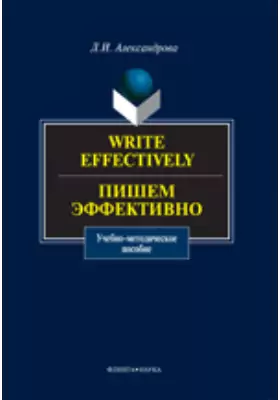
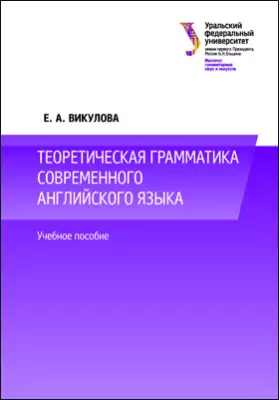
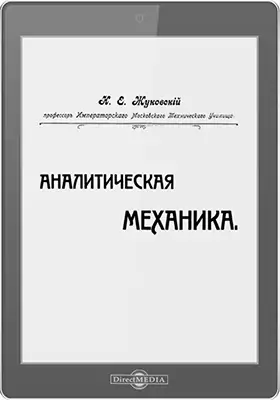
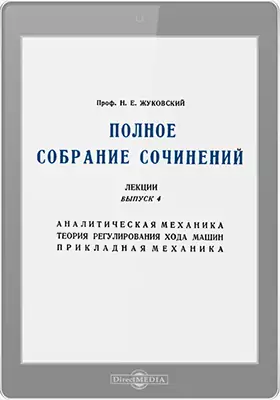
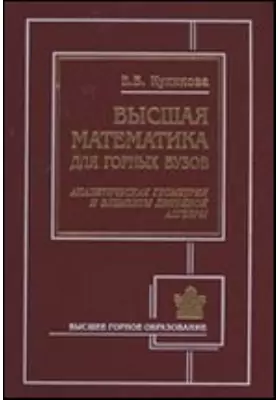
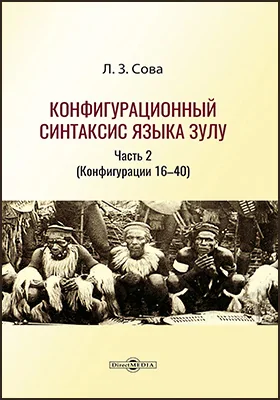
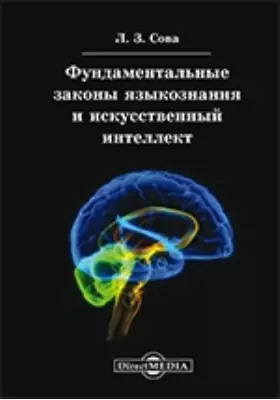
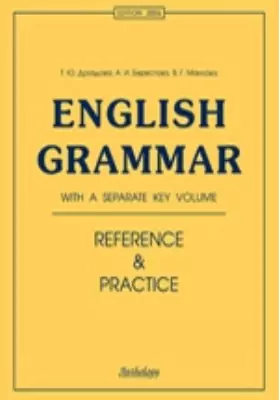

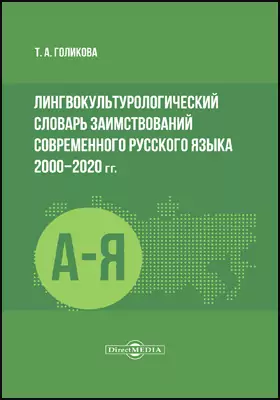


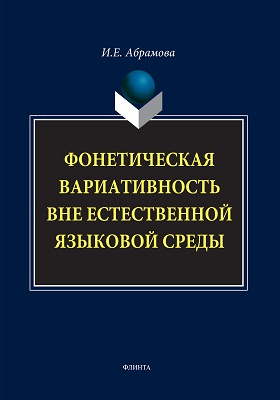
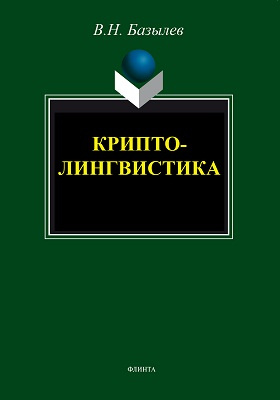
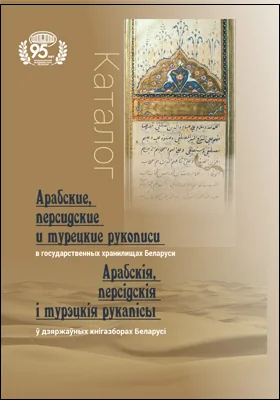
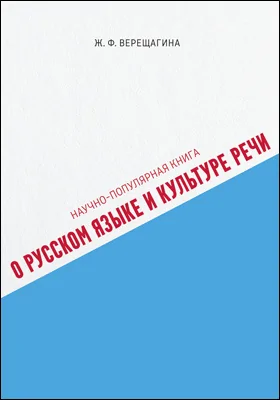
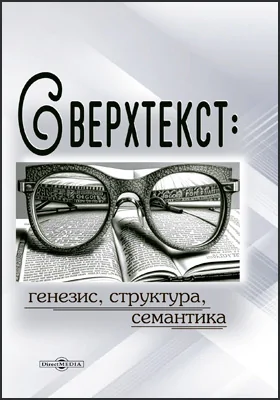
Бестселлеры нон-фикшн
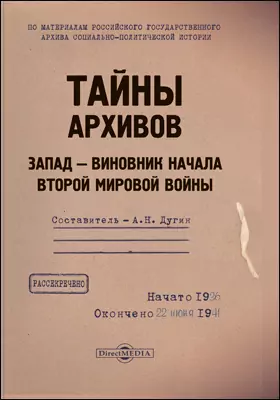

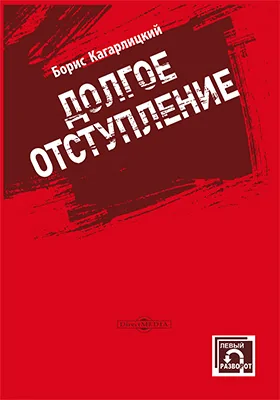
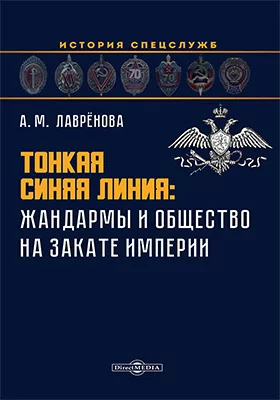
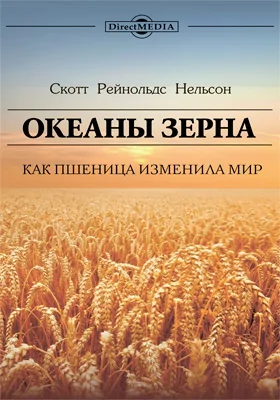
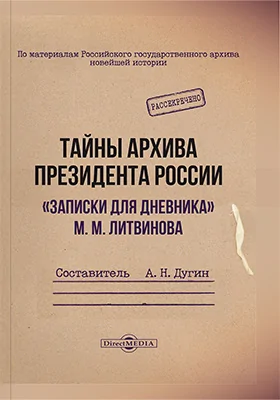
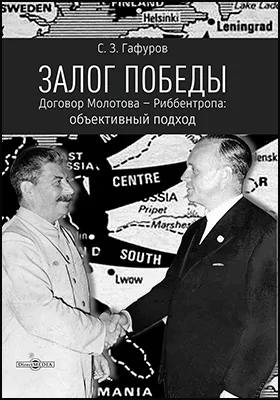
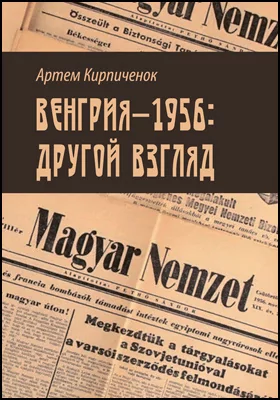
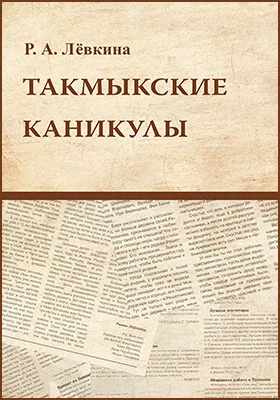
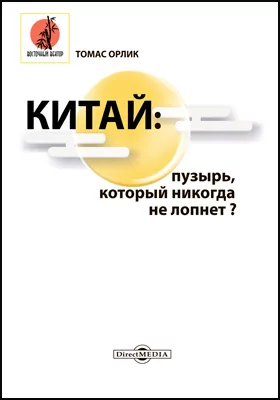

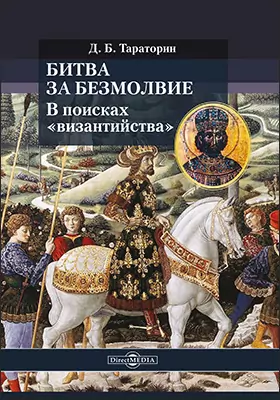
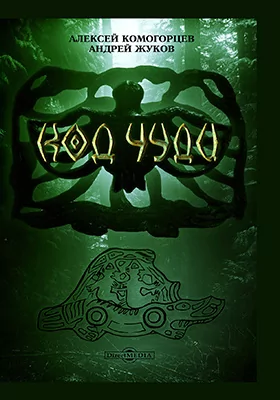
Новинки книги нон-фикшн



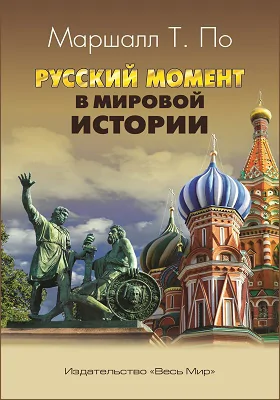

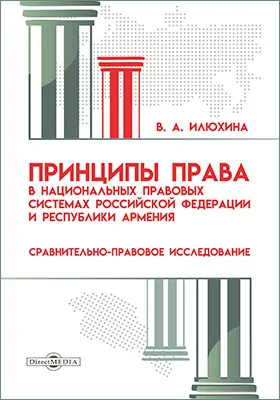
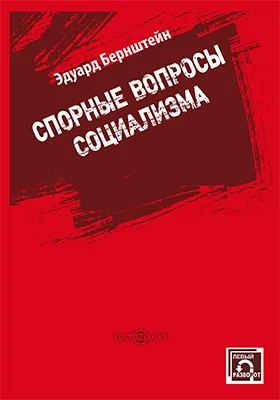
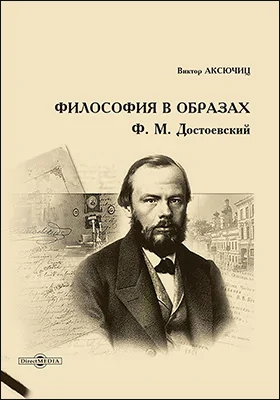
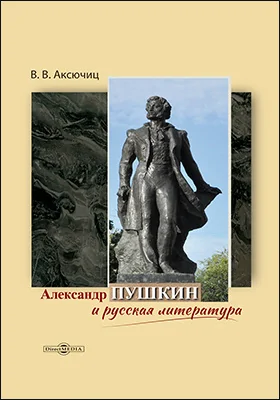
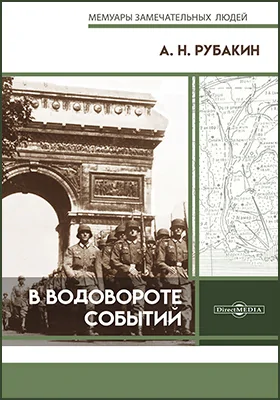

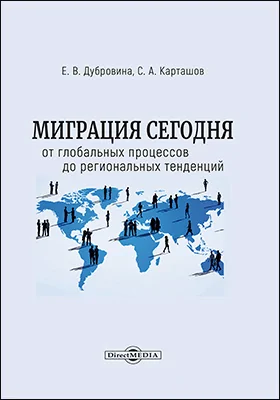

Сова Л. З. другие книги автора
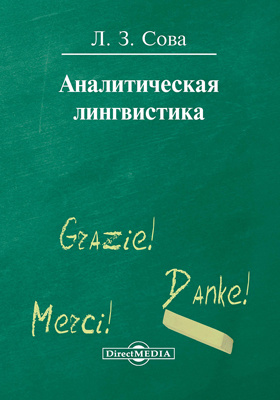

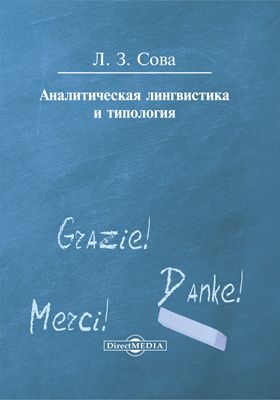
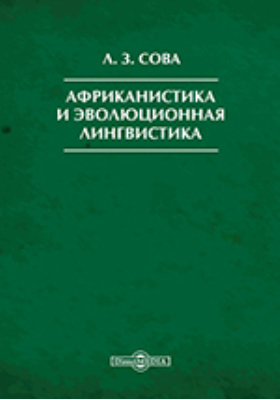
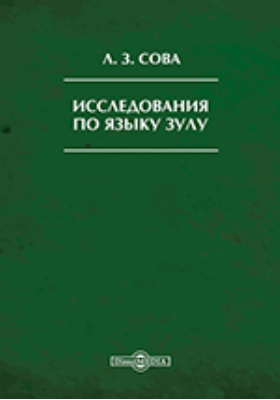
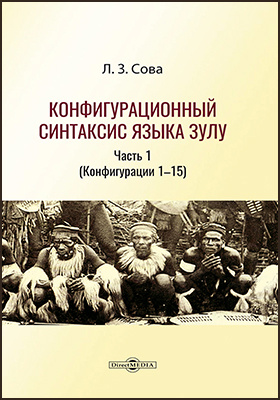
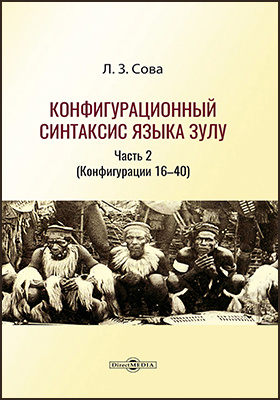
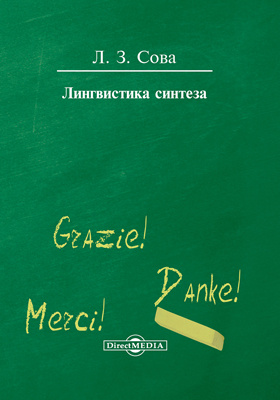
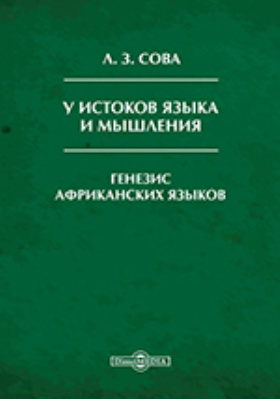
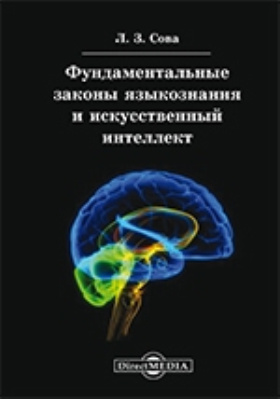
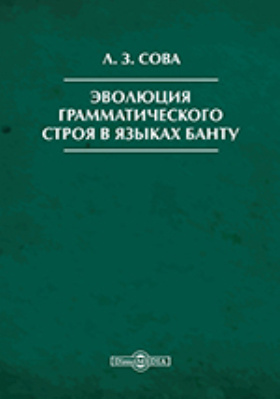
и мы свяжемся с вами в течение 15 минут
за оставленную заявку

